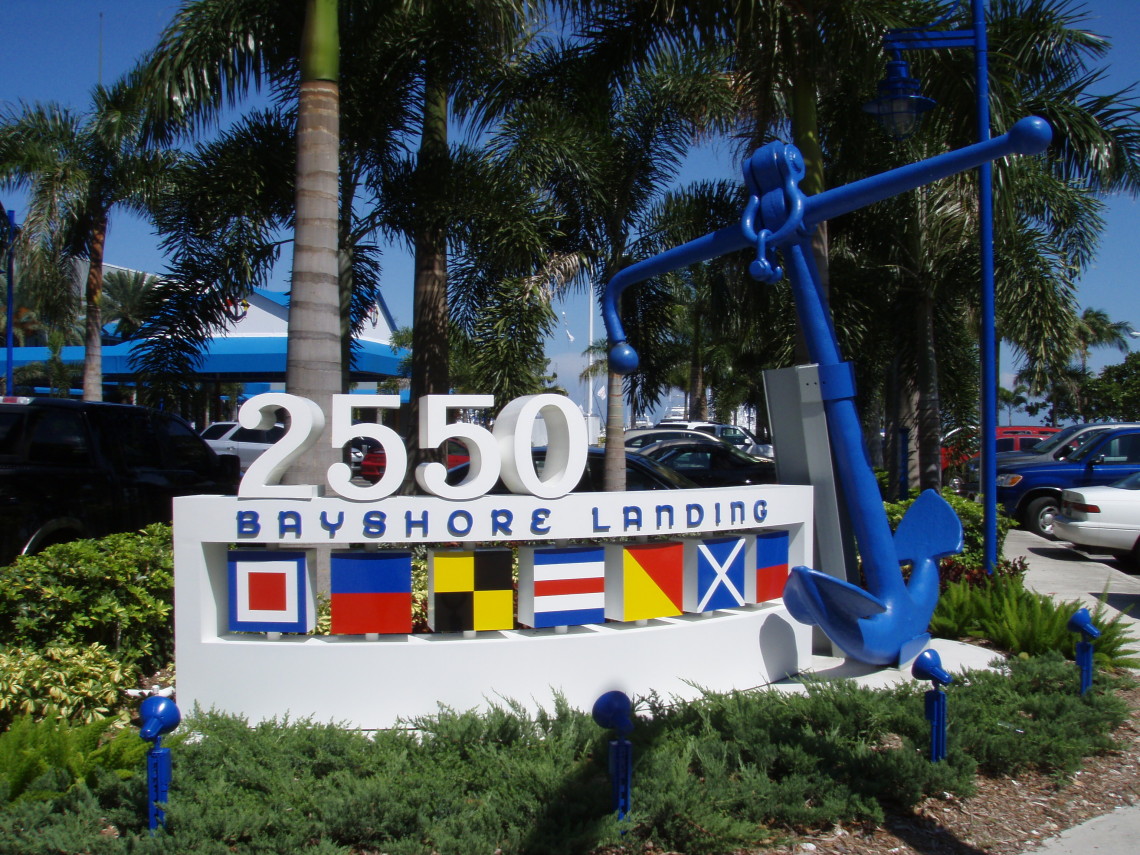Published Articles
One million defective personal watercraft in use?
Results from the 1998 National Transportation Safety Board (NTSB) Personal Watercraft Safety Study represents PERSONAL WATERCRAFT FATALITIES ARE INCREASING AT AN ALARMING RATE!
Although the number of recreational boating fatalities has been declining, the number of Personal Watercraft (PWC) related fatalities has been increasing. Coast Guard information indicates that 8,005 recreational boating accidents were reported for 1996, of which 2,868 involved PWC. PWC in use in 1996 represented 7.5 percent of the state registered recreational boats, yet PWC accounted for 36 percent of the 1996 reported recreational boating accidents, 36 percent of the total number of vessels involved, and more than 41 percent of the persons injured in those boating accidents.
As a result of their published 1998 safety study, the National Transportation Safety Board (page 57) made the following safety recommendations:
“To the Manufacturers of Personal Watercraft (Kawasaki, Yamaha, Polaris, Bombardier, and Arctic Cat , Inc./Tiger Shark) —
Evaluate personal watercraft designs and make changes to improve operator control and to help prevent personal injuries. Consider items such as off-throttle steering, braking, and padded handlebars, and operator equipment such as personal flotation devices and helmets.
Develop, with the U.S. Coast Guard, comprehensive standards that are specific to the safety risks of personal watercraft.”
The first commercially successful PWC, the Jet Ski, was introduced by Kawasaki in 1974 and had an output of 32 horsepower, maximum speed under 30 miles per hour and short stopping distance. The 1998 model year offered 16 models with engines exceeding 100 horsepower some offering triple cylinder 1100 cc’s, capable of speeds in excess of 60 mph in their stock configuration (after-market modifications can further increase the high end speed capability) with high speed, low drag, long stopping distance hull designs. Each year the manufacturers compete to provide the fastest and most responsive craft to the public.
The technology for increased speed and improved hull designs has been consistently developed on the racecourse via manufacturer backed high-budget race teams all seeking the edge over their competitors. These high performance race crafts, safe in the hands of highly experienced and educated operators, are currently offered by the manufactures as a safe family water toy.
The NTSB report recommended to manufacturers (as previously noted) design changes in off-throttle steering first followed by braking.
Off-throttle Steering “A PWC uses a moveable nozzle connected to a jet pump, rather than a propeller, to power the vessel. This distinction affects the operating and handling characteristics of the vessel. The most notable distinction is “off-throttle steering,” a trade term for the situation that exists when an operator releases the throttle and then attempts to execute a turn. The term is an oxymoron because there is little or no steering capability when the throttle is off. Turning the PWC handlebar changes the angle of water exiting the jet pump, but without power to the jet pump, there is little or no directional thrust. As stated in the owner’s safety manual of one PWC manufacturer, “Remember, releasing the throttle completely eliminates the ability to steer the watercraft.” This operating characteristic is likely to be counterintuitive to novice operators, particularly in situations of potential collision. When a new rider realizes there is danger of hitting another vessel or object, the operator’s typical response based on experience with other motor vehicles is to first let off the throttle and then attempts to steer away from the hazard. But closing off the throttle leaves the vessel coasting in the original direction based on the effects of momentum, and without throttle there is very limited steering control. Personal watercraft have no braking mechanism; they coast to a stop and, while coasting, there is no turning ability. Executing a controlled-speed turn is the correct response to avoid a collision, but to a new operator this may feel like speeding toward a hazard.”
Braking The PWC industry position that boats do not have brakes is incorrect. Conventional boats utilizereverse propulsion as a means to brake. PWC has no such means to slow down. When you have high top end speed with minimal hull cohesion, slowing down requires a considerable distance. Coupled with the off-throttle steering offers the average operator very little control.
No one knows the magnitude nor the total of the million dollar plus confidential civil settlements offered by the manufacturers within the growing product defect liability arena. Public record only discloses the cases the manufacturer chooses to litigate with anticipated defendant victory.
While the highly competitive PWC manufacturers have spent millions in advertising and improving speed appalling is the lack of safety considerations. Faster crafts require greater safety concerns. While independent after-market entrepreneurs have developed devices to improve off-throttle steering and braking, this technology has not been recognized by the manufacturers. Contrary to the PWC manufacturer intended public usage; this product is defective and unsafe to all except the highly trained and educated operator.
About the Author Captain Bradley Cuthbertson’s lifelong commitment to the boating industry is highlighted by recognition as a pioneer responsible for the early development of jet ski and personal watercraft safety and racing programs. His growing status as a leading recreational boating safety expert has been advantageous for many attorneys seeking assistance in a variety of maritime issues ranging from scuba to pleasure crafts exceeding sixty feet in length. Jet skis rapid rise in popularity and use coupled with Mr. Cuthbertson’s unmatched expertise has resulted in a rapid increase of attorneys seeking his assistance with their jet ski and personal watercraft matters.
Captain Cuthbertson can be contacted through Gary Robinson, Inc. at (877) 746-5310.



